Home>Ideas and Tips>How To Choose And Install The Right Shower Head


Ideas and Tips
How To Choose And Install The Right Shower Head
Modified: October 28, 2024
Learn how to choose the perfect shower head and install it with ease. Enhance your shower experience with our comprehensive guide.
(Many of the links in this article redirect to a specific reviewed product. Your purchase of these products through affiliate links helps to generate commission for Storables.com, at no extra cost. Learn more)
Choosing the right shower head can significantly enhance your bathing experience. With numerous options available in the market, selecting the perfect shower head can be overwhelming. In this article, we will guide you through the process of choosing and installing a shower head, ensuring that you make an informed decision and complete the installation with ease.
Choosing the Right Shower Head
-
Type of Shower Head
- Fixed Shower Head: This is the most common type of shower head. It is fixed in place and provides a consistent flow of water.
- Handheld Shower Head: This type of shower head is attached to a hose and can be held in your hand, providing greater flexibility.
- Rain Shower Head: Designed to mimic the experience of a rain shower, these heads have multiple nozzles that spray water in different directions.
- Massage Shower Head: These shower heads come with multiple settings that allow you to adjust the water pressure and flow.
-
Material
- Brass: Known for its durability and resistance to corrosion, brass shower heads are a popular choice.
- Stainless Steel: These shower heads are also durable and resistant to corrosion, making them a great option for those who want a sleek look.
- Plastic: While less expensive than brass or stainless steel, plastic shower heads can still provide a good showering experience.
-
Water Pressure
- If you live in an area with low water pressure, you might want to consider a shower head designed to optimize water flow. These shower heads often have multiple holes or jets that help distribute the water more evenly.
-
Flow Rate
- The flow rate of a shower head is measured in gallons per minute (GPM). The standard flow rate for most shower heads is around 2.5 GPM, but some low-flow shower heads can be as low as 1.5 GPM.
-
Additional Features
- Some shower heads come with additional features like built-in massagers, temperature control, and even Bluetooth connectivity for smart home integration.
Installing a Shower Head
Installing a new shower head is generally a straightforward process that can be completed with basic tools. Here’s a step-by-step guide:
-
Turn Off the Water Supply
- Before starting the installation, turn off the water supply to your shower by locating the shut-off valves and turning them clockwise.
-
Remove the Old Shower Head
- Use an adjustable wrench or basin wrench to loosen the old shower head. Once loose, you should be able to remove it by hand.
-
Inspect and Clean the Thread
- Inspect the thread where the old shower head was attached for any mineral buildup or debris. Clean it thoroughly with a cloth or brush to ensure a secure connection.
-
Install the New Shower Head
- Place the new shower head onto the threaded end of your shower arm. Make sure it is securely seated and then tighten it using your wrench.
-
Tighten the Shower Head
- Continue tightening the shower head until it feels snug but not overly tight. Over-tightening can damage the shower arm or strip its threads.
-
Check for Leaks
- Turn on the water supply and check for any leaks around the new shower head. If you notice any leaks, tighten the shower head further until the leak stops.
-
Adjust Water Pressure (If Necessary)
- If you have a low-flow shower head, you might need to adjust the water pressure by tightening or loosening specific parts of the shower head.
-
Test the Shower Head
- Once you've completed the installation, test the shower head by running hot and cold water through it to ensure proper function and no leaks.
Tips for Maintenance
-
Regular Cleaning
- Regularly clean your shower head to remove mineral deposits and debris that can affect water flow and pressure.
-
Descale Your Shower Head
- Use a descaling solution or vinegar to remove mineral buildup over time.
-
Replace O-Rings (If Applicable)
- If your shower head has removable parts like massagers or filters, make sure to replace O-rings periodically to maintain optimal performance.
-
Check for Wear and Tear
- Regularly inspect your shower head for signs of wear and tear such as cracks or loose connections.
Conclusion
Choosing the right shower head involves considering several factors including type, material, water pressure, flow rate, and additional features. Once you've selected your ideal shower head, installing it is relatively straightforward but requires attention to detail to ensure a leak-free connection. By following these steps and maintaining your shower head regularly, you can enjoy a more comfortable and efficient showering experience.
Additional Resources
For more detailed information on specific types of shower heads or additional maintenance tips, consider consulting manufacturer guidelines or online forums dedicated to plumbing and home improvement.
By following this guide, you'll be well-equipped to choose and install the perfect shower head tailored to your needs and preferences. Whether you're looking for a luxurious rain shower experience or a simple yet effective fixed shower head, understanding these factors will help you make an informed decision that enhances your daily routine.
Was this page helpful?
At Storables.com, we guarantee accurate and reliable information. Our content, validated by Expert Board Contributors, is crafted following stringent Editorial Policies. We're committed to providing you with well-researched, expert-backed insights for all your informational needs.
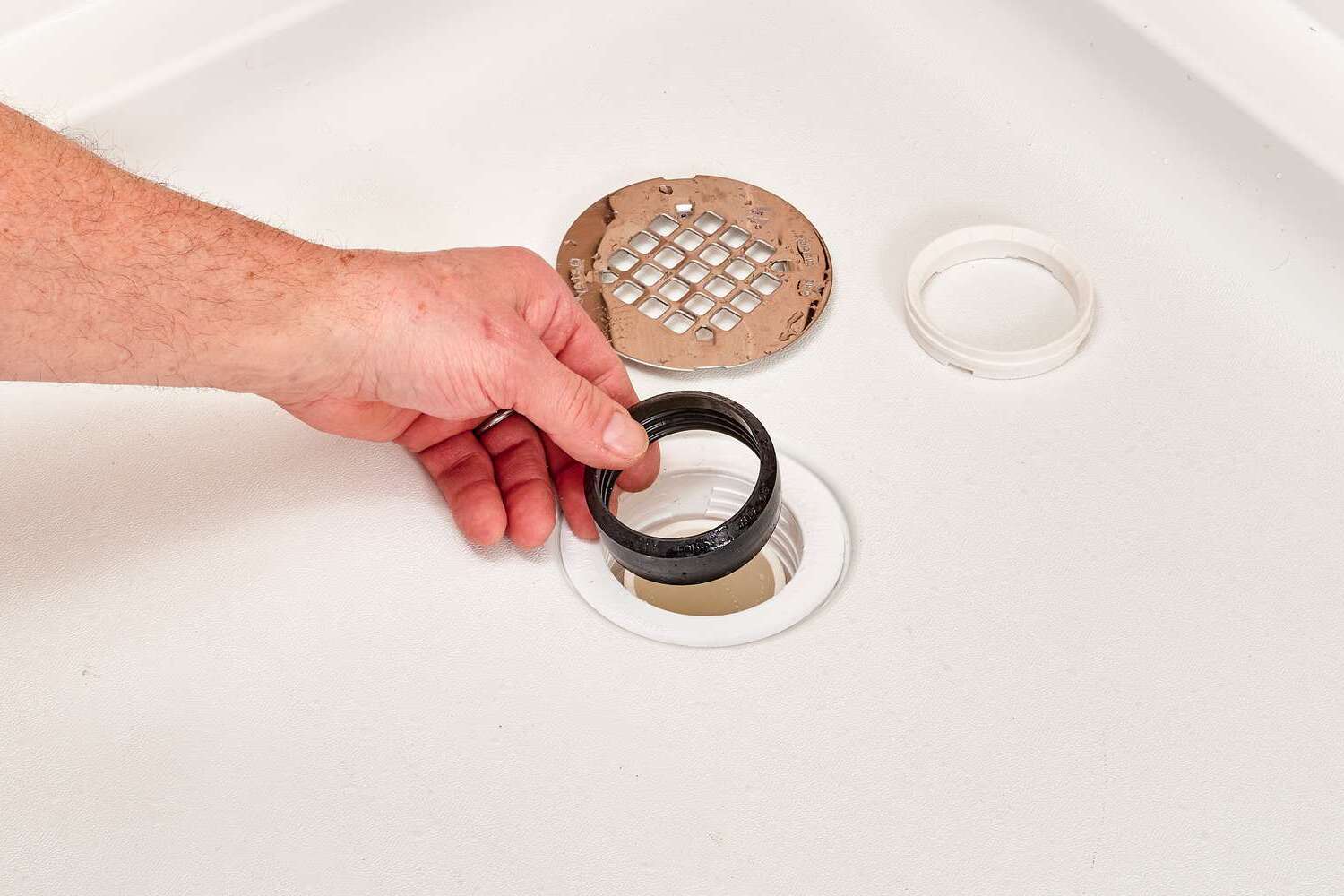
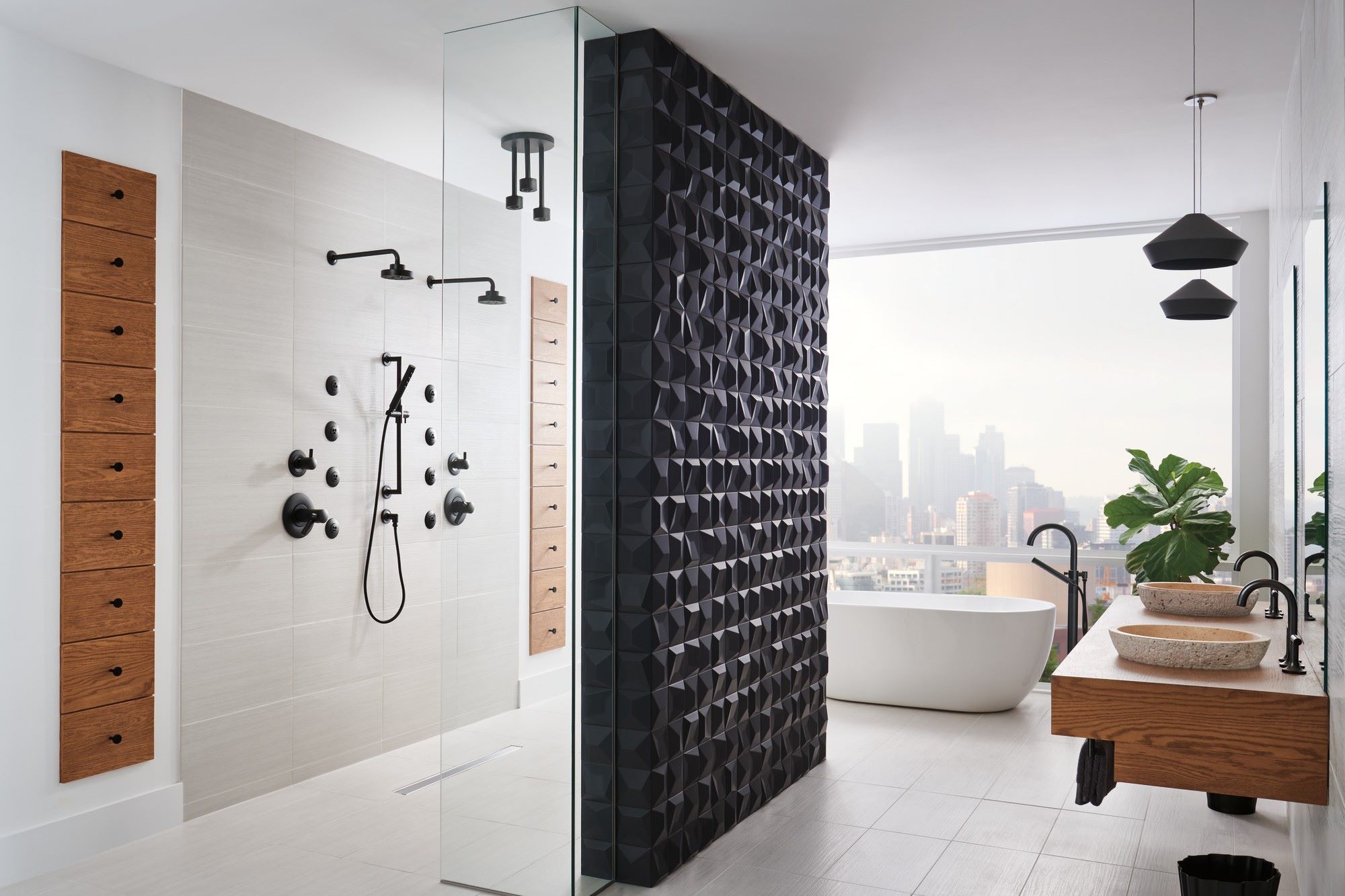

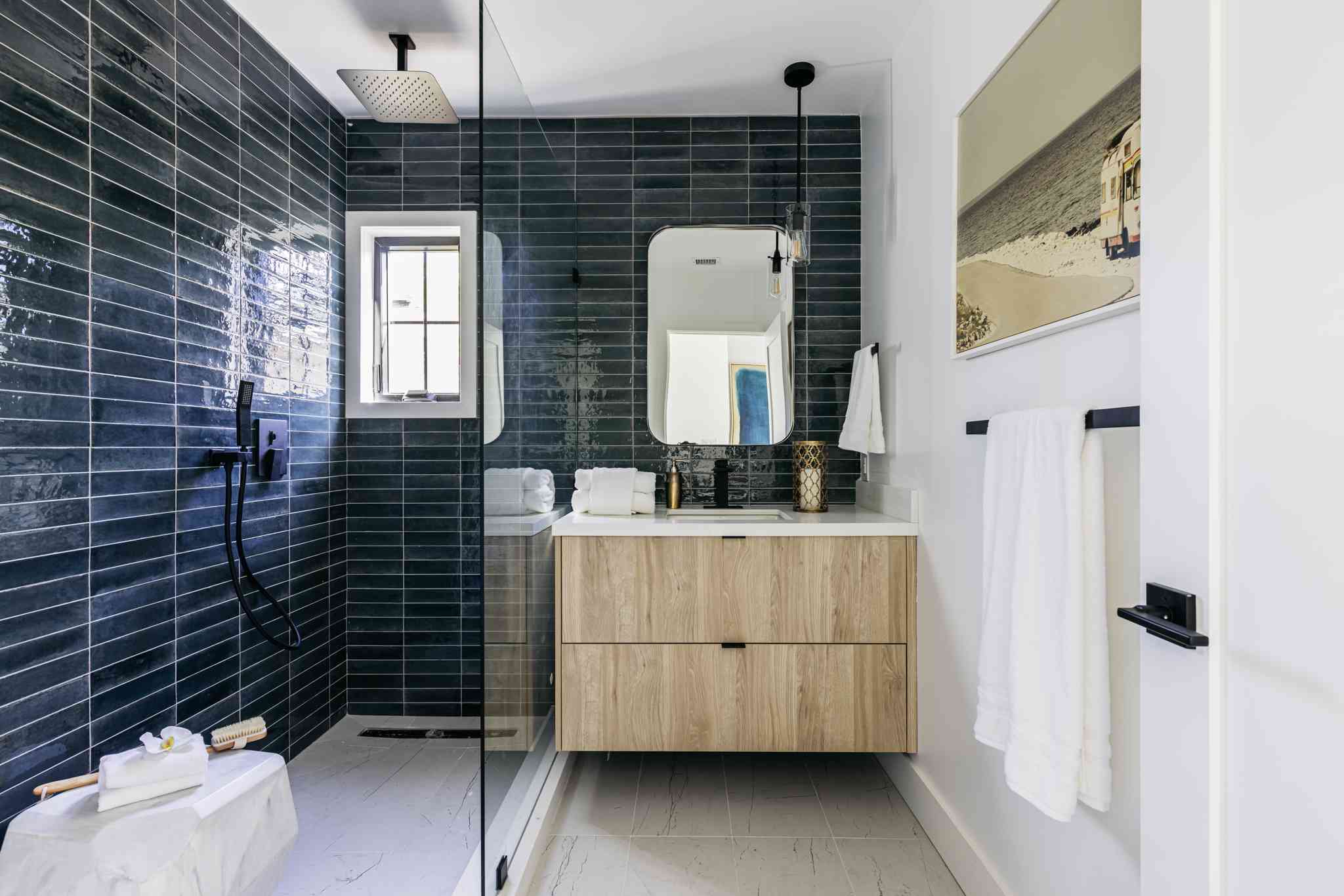
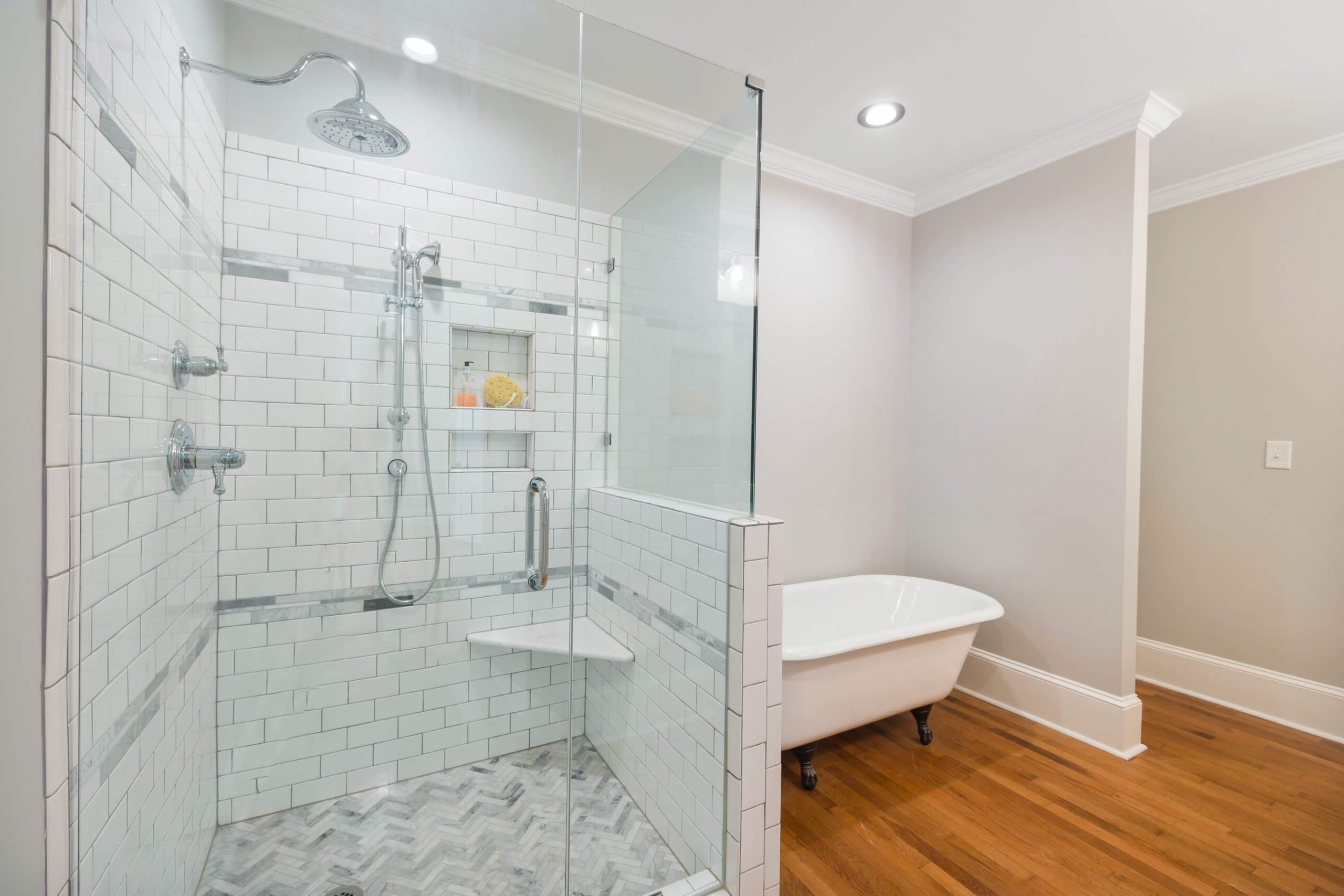
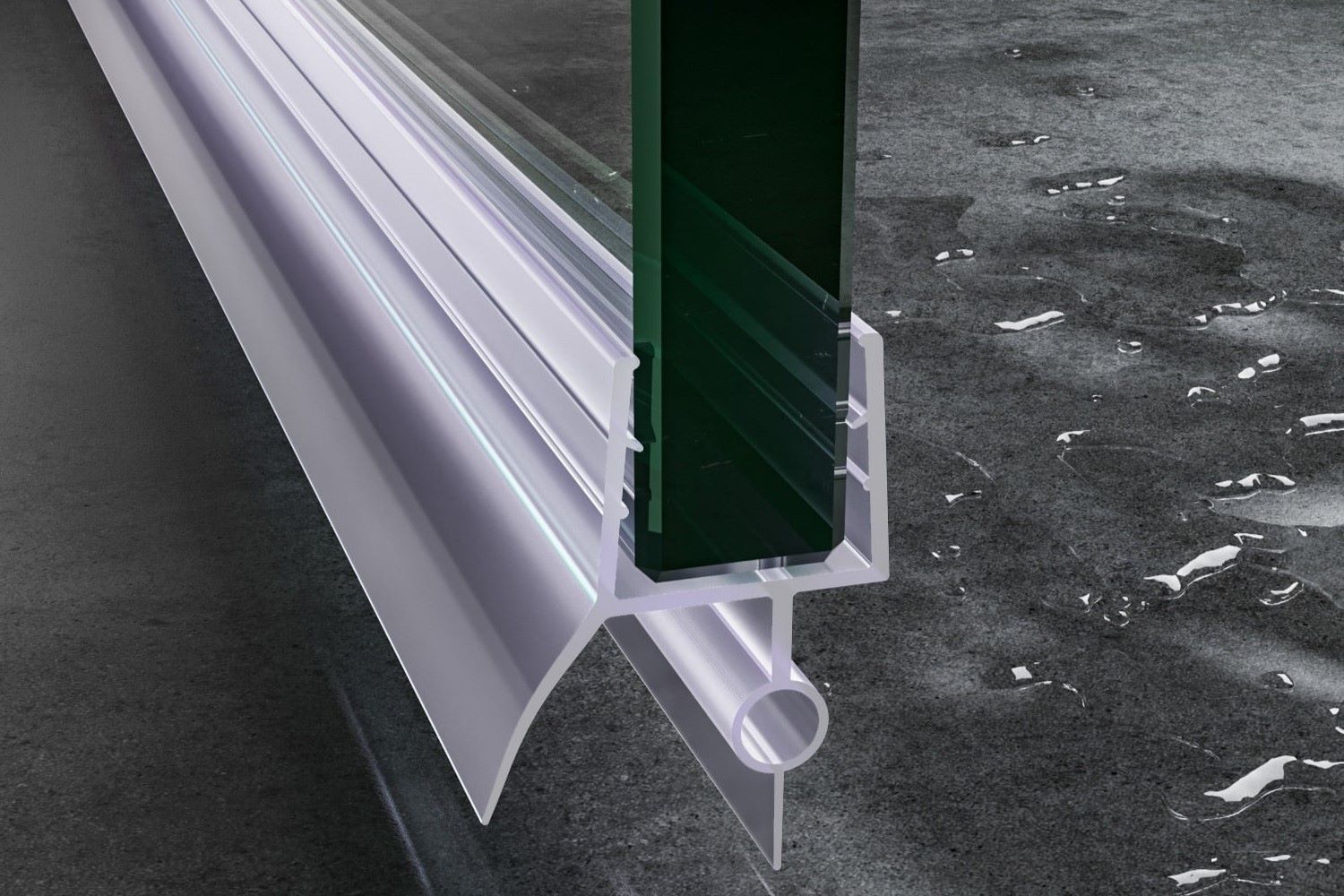
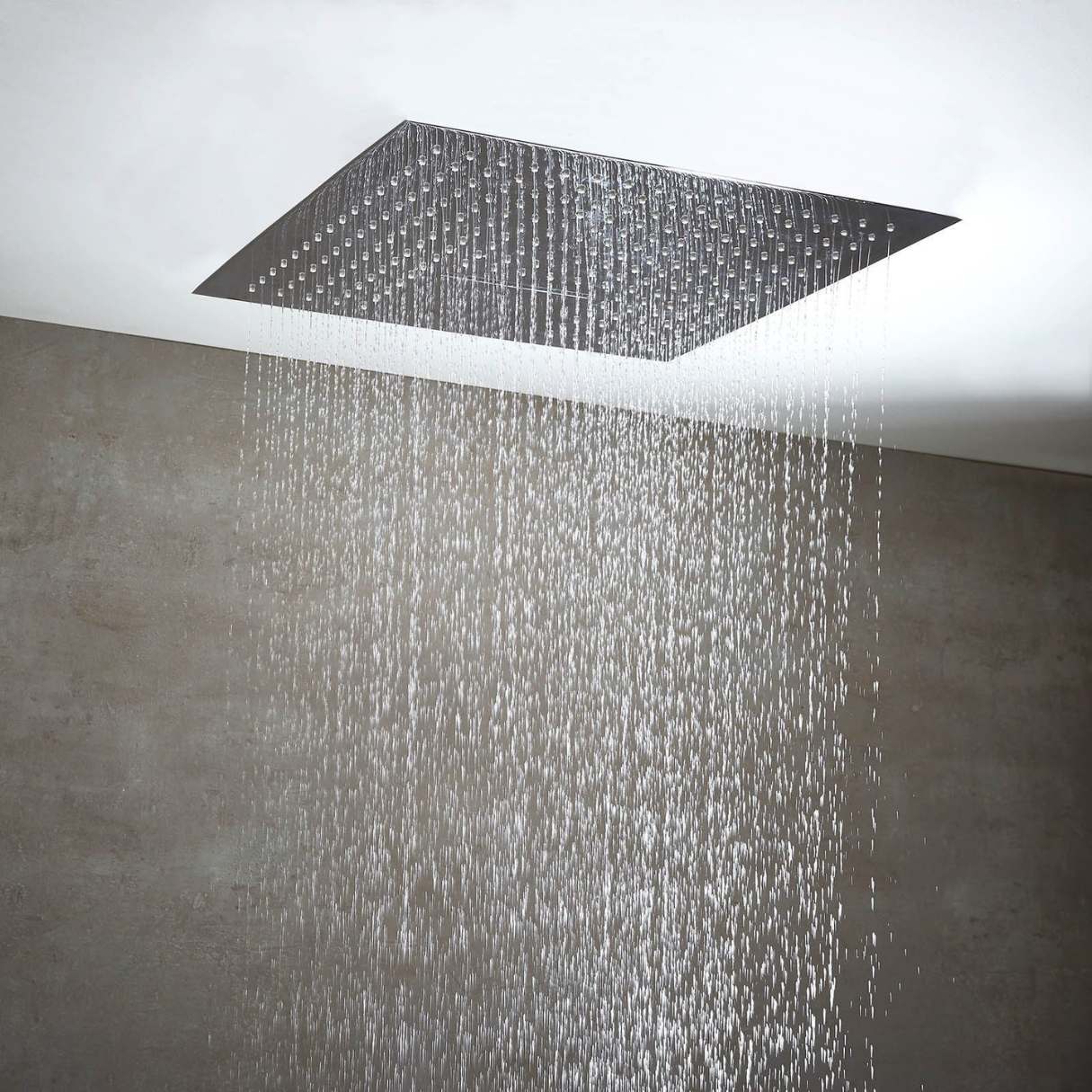
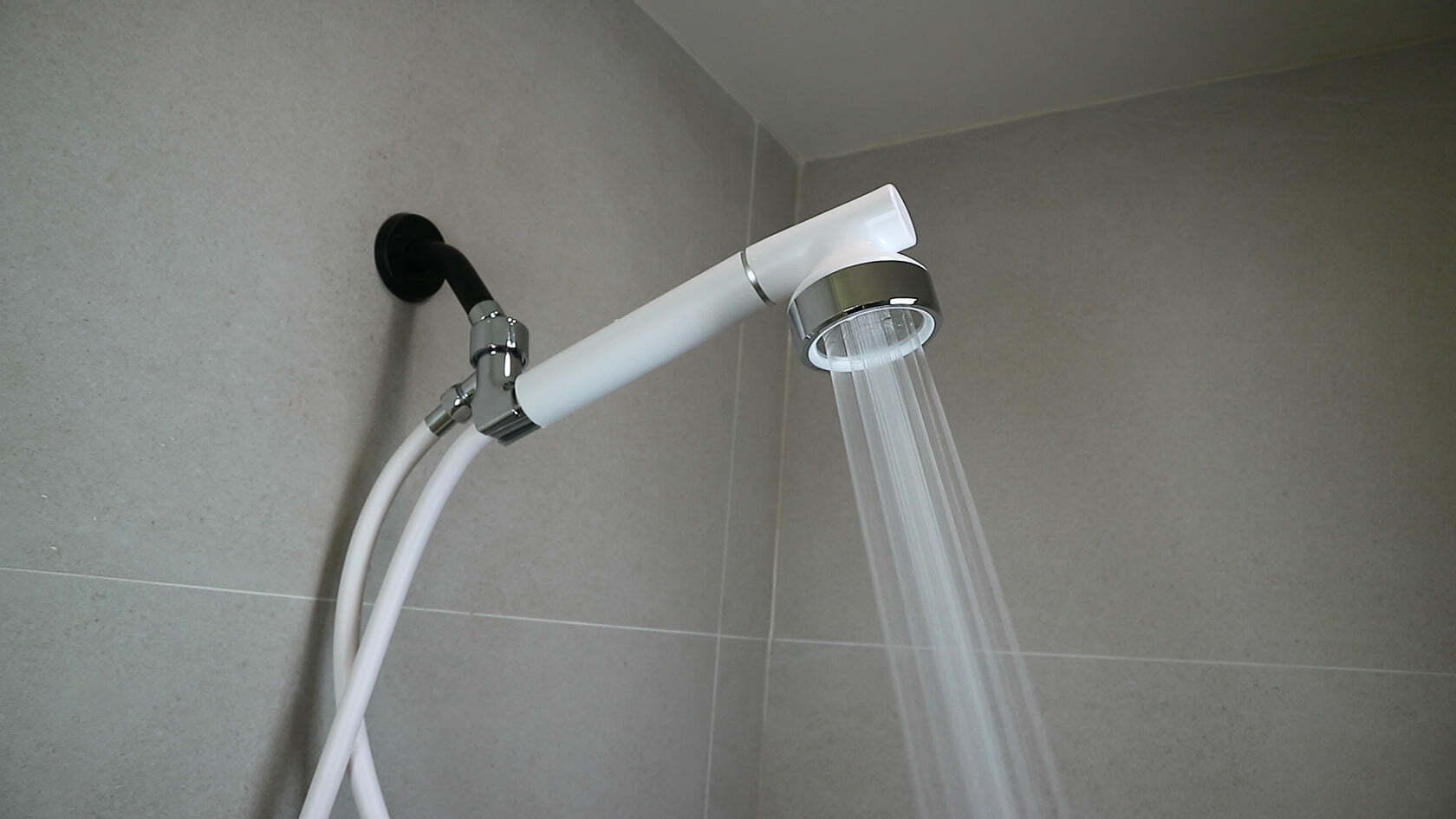

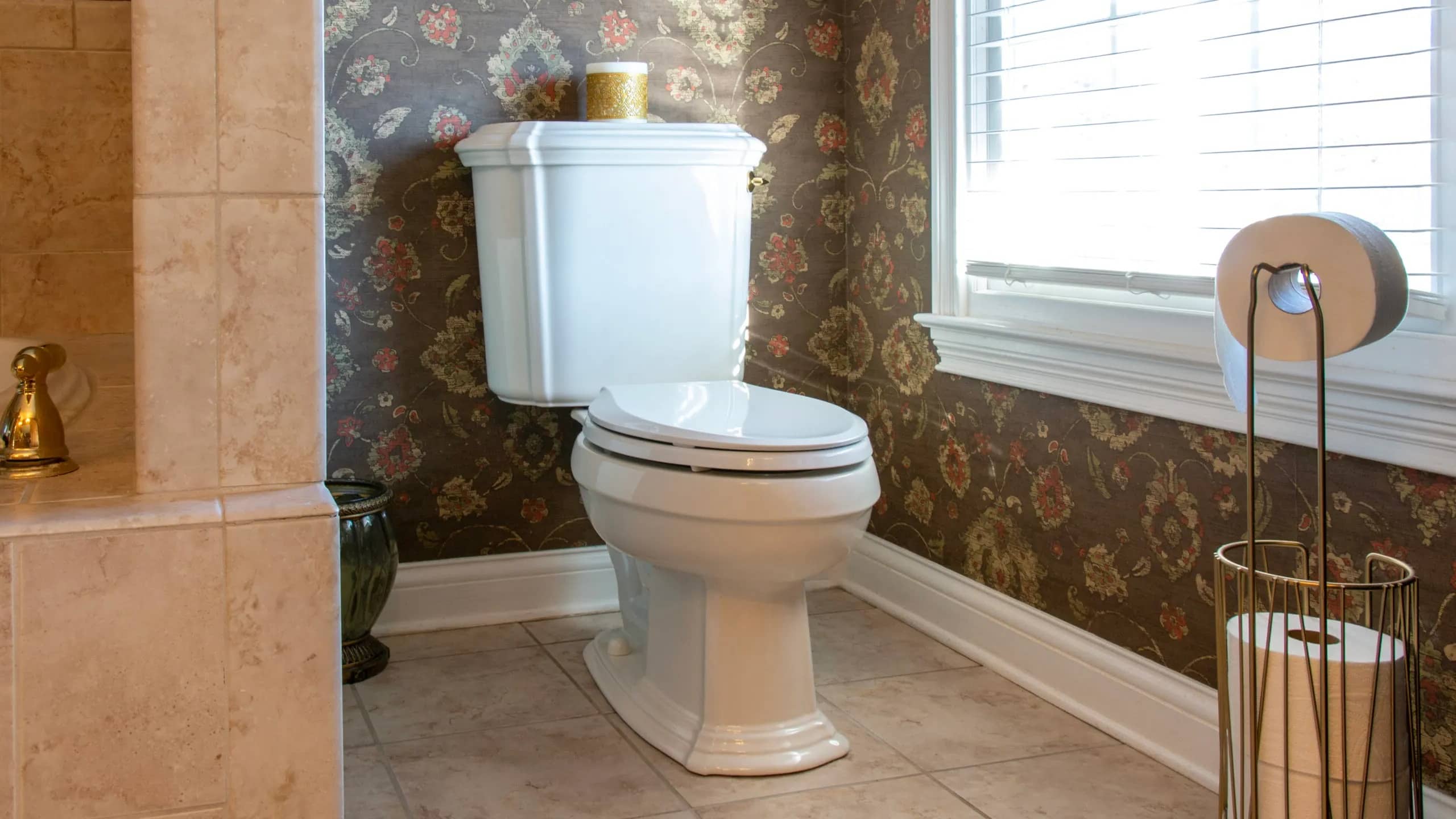
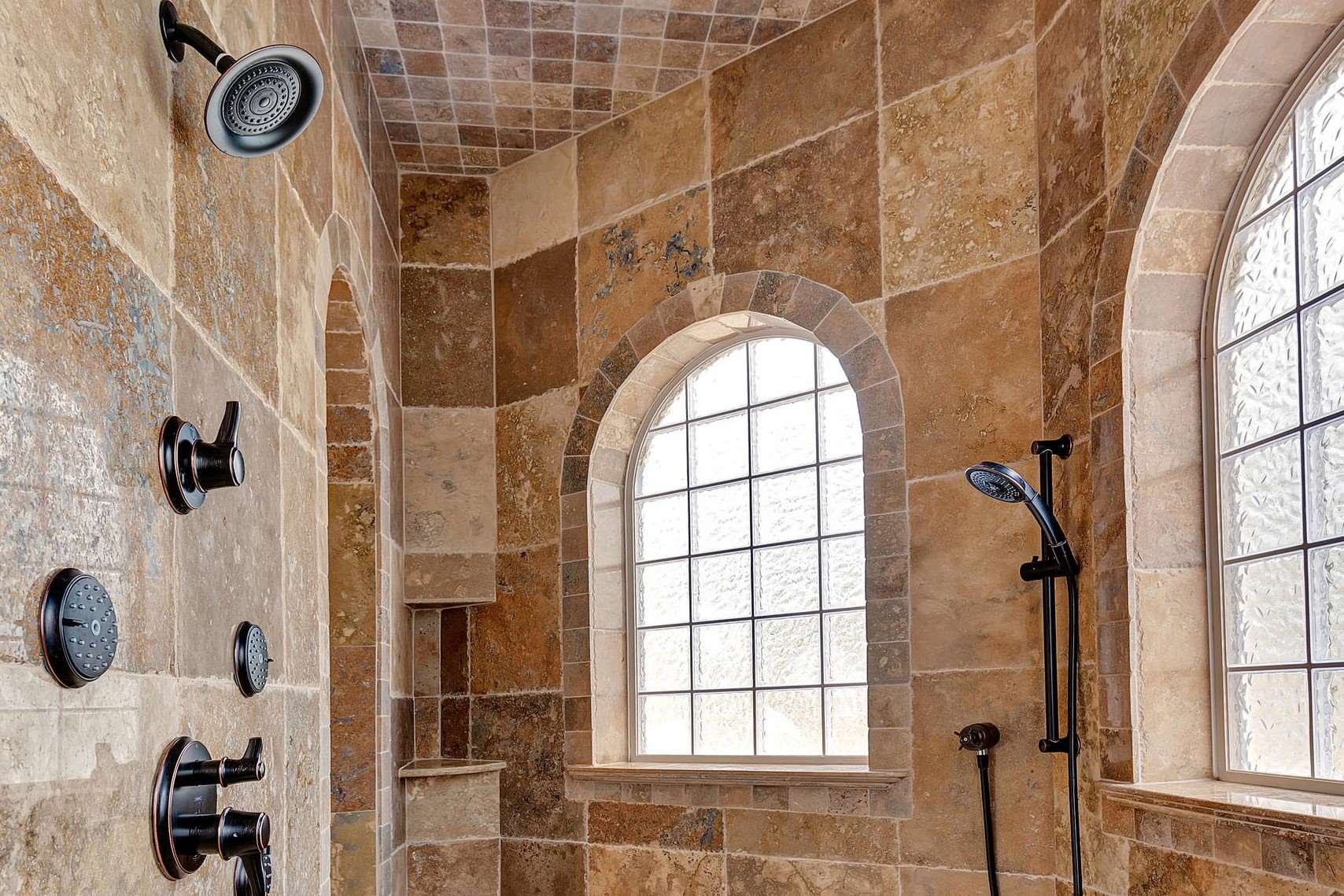
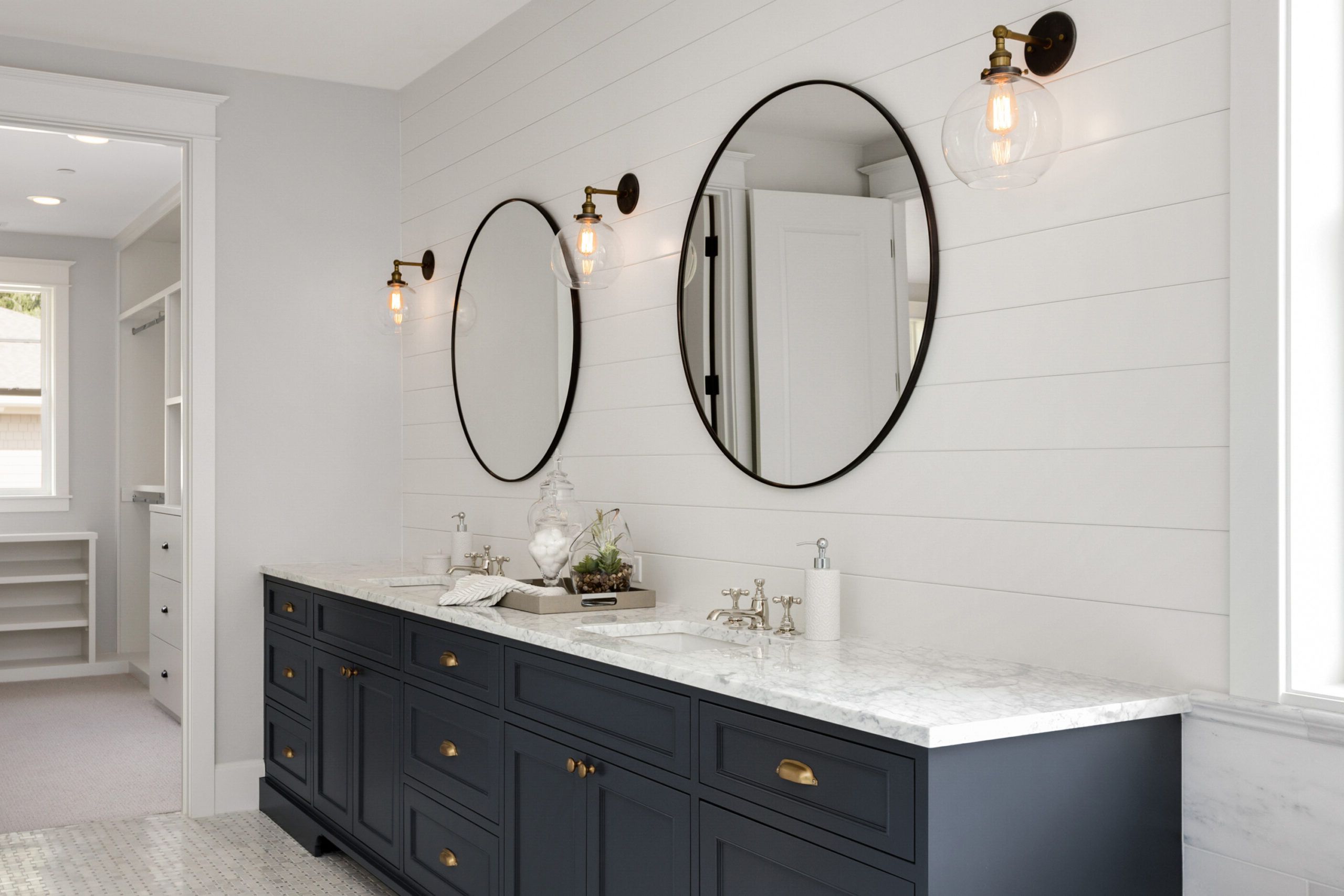

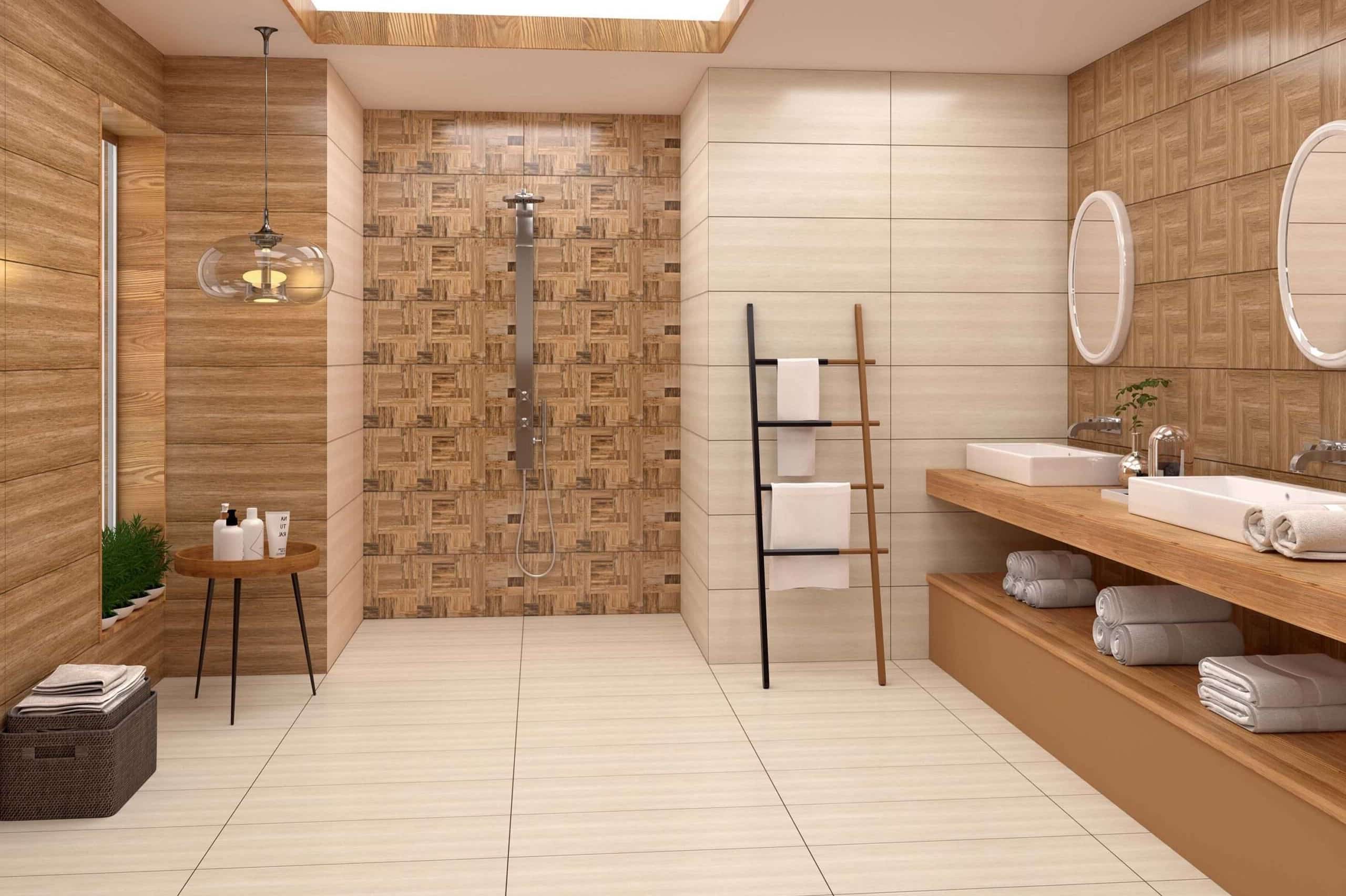
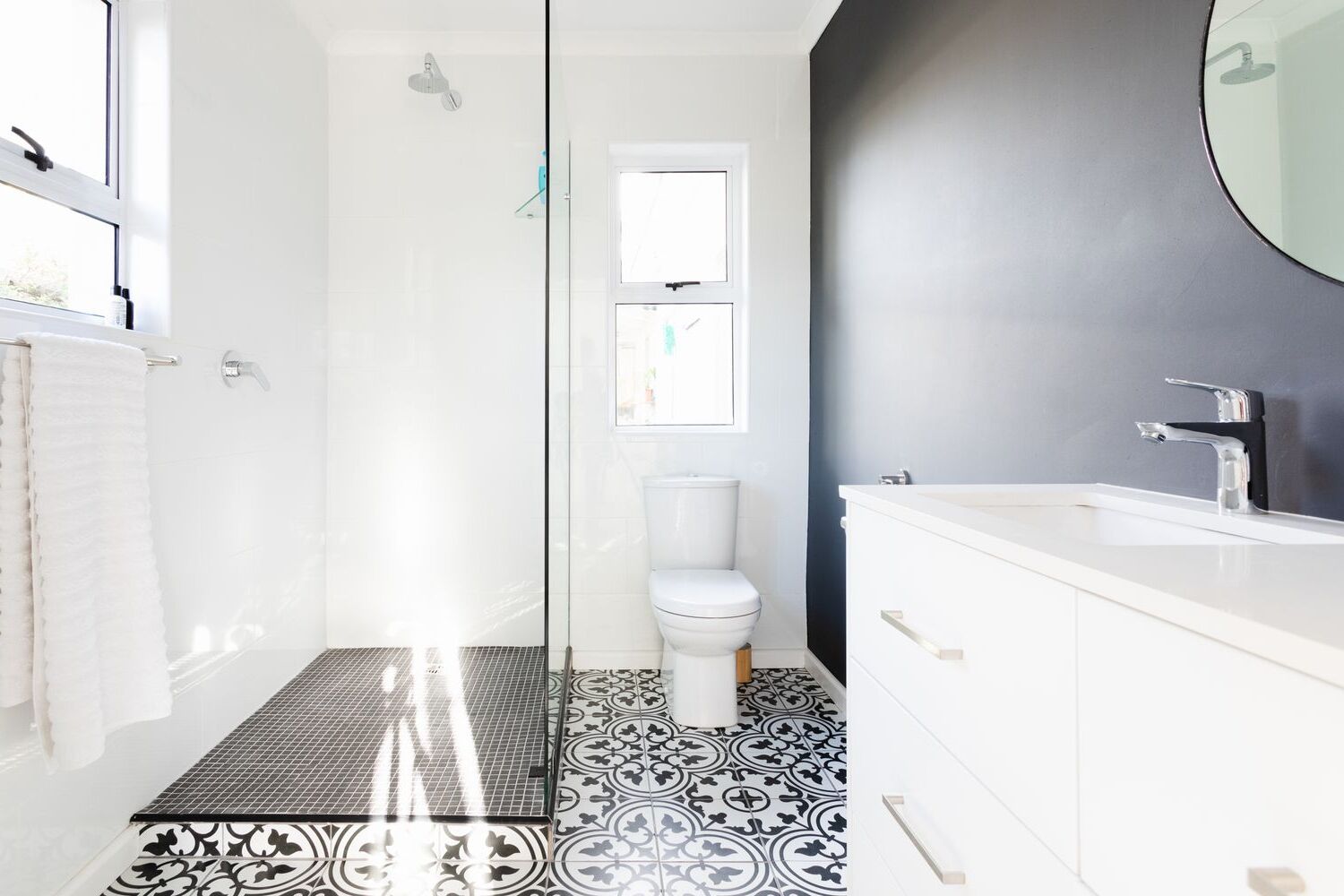

0 thoughts on “How To Choose And Install The Right Shower Head”